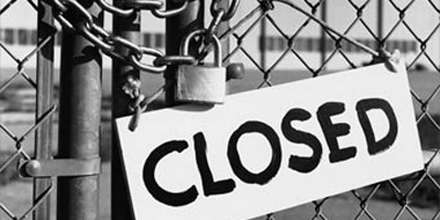
The slow demise of Australian manufacturing?
In 1983, 19 per cent of the Australian workforce was in the manufacturing sector. This year, that figure stands at just 9 per cent.
This decline is a common trend across the western world.
So what’s happening to Australian manufacturing and where’s it going?
I came across some interesting points in a book I recently read.
In “Suicide of a Superpower,” Patrick J Buchanan (who ran for the Republican presidential nomination in 1992 and 1996), writes that “at the Walmart in Albany, Georgia, tires made in China were selling for less than tires made at the Cooper Tires plant just down the road. Unable to compete, Cooper Tires shutdown its Albany plant and 2,100 Georgians lost their jobs. How could tires made on the other side of the world, shipped to the USA, then moved by rail or truck to Albany, Georgia, be sold for less than tires made in Albany, Georgia?”
Answer: Wages, and health and safety, environmental standards and other regulatory costs in China are sizably lower.
In an increasingly common scenario, Australian conglomerate CSR this week announced that it is making 150 of its staff redundant at its glass manufacturing business, Viridian, in Ingleburn, western Sydney.
Blaming the value of the Australian dollar, CSR said, “A persistently high Australian dollar has put downward pressure on pricing and has enabled alternative import supply chains to be established which are now expected to become a permanent feature of the glass market in the future.
“Increasing energy and manufacturing costs have exacerbated Viridian’s competitive position relative to imports.”
As the hollowing out of manufacturing in Australia continues, and the likes of CSR increase their focus on distribution, marketing and brand management, what percentage of manufacturing workers can we expect to see in in Australia in ten years time?
Roger Montgomery
:
Perhaps consumers would be more optimistic if the cheaper imported products they purchased, worked for longer than 5 mins, didn’t break all the time and the manufacturers honored their warranties. Wherever I go from dinner parties to working farms, people are telling me they tried the cheaper Chinese version but it broke and they couldn’t get a refund or didn’t even want another one and have returned to buying American, German etc…Our landfill is dominated by cheap plastic junk that didn’t perform the task for which it was intended. Many countries don’t share the same health standards as us and this can be seen in the toxins that have recently been uncovered in imported garlic, seafood and fruit etc. I have some sympathy for those that insist on buying locally made and locally grown.
We do need a different mindset when it comes to salaries in Australia and holiday leave loading and penalty rates are something that need to be seriously reconsidered.
BuyAustralianMade.com.au
:
The answer to this is not one dimensional and neither is the impact. It is not just about jobs right now, it is about jobs in the future, it is about having adequate infrastrucure and skills to cope with sudden change or disaster, it is about having the structures in place to encourage innovation and development, it is about value adding to the resources that are sold for tens of dollars and imported back for $1000’s, it is about shoppers continuing to have a choice on the retailers shelves. The top down appraoch has its place and can achieve some worthwhile solutions however the bottom up approach where shoppers influence the economy and manufacturing sector by demanding and buying Australian made products is what interests me. Everyones individual buying habits only have to change a small percentage to make the Australian manufacturing sector viable again and remain viable into the future. Next time you are buying a pair of socks, tin of tomatos, a t shirt, a dishwasher, carpet, paint or whatever think about buying Austalian made and the difference that will make to the overall economy..
vidler
:
I understood per Ross Gittens that manufacturing is still there. It’s just more productive & employing fewer people for the same output.. http://www.smh.com.au/business/never-fear-manufacturing-will-survive-a-high-dollar-20120226-1twjy.html